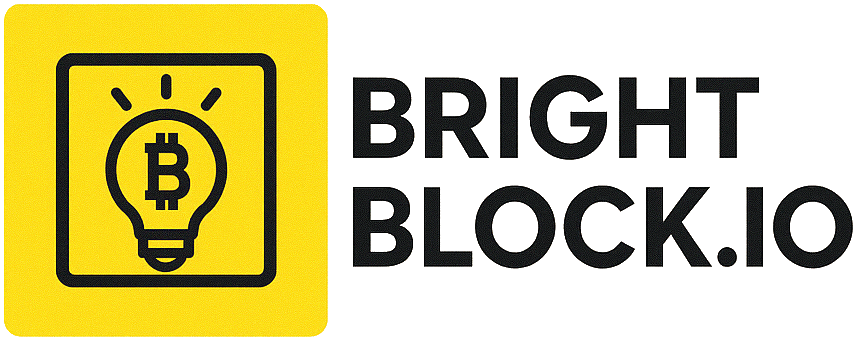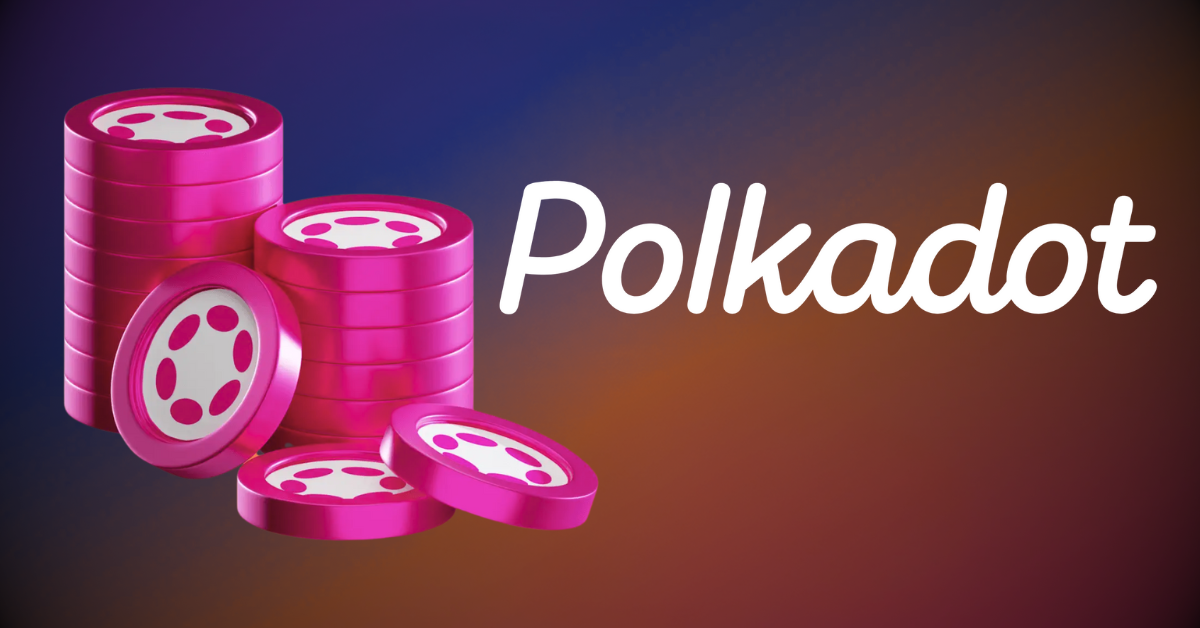Key Takeaways
- Polkadot’s decentralized autonomous organization (DAO) has approved a referendum to set a hard cap of 2.1 billion on the total supply of its native DOT token, a significant pivot from its previous inflationary model.
- The decision introduces long-term scarcity and will help to reduce inflationary pressure on the DOT token, making it a more predictable asset for investors and institutions.
- The move comes as Polkadot launches a new division to connect with traditional finance firms, aiming to make its ecosystem more appealing to institutional investors.
In a landmark decision, Polkadot’s decentralized autonomous organization (DAO) has voted to introduce a hard cap on the supply of its native DOT token.
The approved referendum sets the maximum supply at 2.1 billion tokens, a major shift from the network’s previous inflationary model, which issued new tokens indefinitely.
The Significance of a Tokenomics Shift
Before this decision, Polkadot operated on a model of infinite token supply, with approximately 120 million new DOT tokens minted annually. Under this inflationary model, the total supply of DOT could have swelled to over 3.4 billion tokens by 2040. The new framework introduces a gradual issuance reduction every two years on March 14, Pi Day, a change that will make the supply more predictable and finite.
The hard cap is a powerful move to address concerns about inflationary pressure and to make the token a more attractive long-term investment.
By setting a fixed supply, Polkadot is emulating the scarcity model of assets like Bitcoin, which have a built-in total supply limit. While the token’s price has dropped slightly since the announcement, the long-term implications of this decision are overwhelmingly positive.
Bridging DeFi and Traditional Finance
The tokenomics shift is part of a broader strategic effort by Polkadot to attract institutional investors. The network recently launched the Polkadot Capital Group, a new division dedicated to connecting Wall Street firms with its blockchain infrastructure.
This division aims to showcase blockchain use cases like decentralized finance (DeFi) and real-world asset (RWA) tokenization, making the Polkadot ecosystem more accessible and appealing to traditional finance players.
The decision to cap the DOT supply makes the network’s value proposition more understandable and compelling for institutional investors, who are accustomed to assets with a clear, finite supply.
Final Thoughts
The Polkadot DAO’s decision to hard cap the DOT supply is a landmark event for on-chain governance. It demonstrates that a decentralized community can make a fundamental, long-term decision that prioritizes value preservation over a traditional inflationary model.
Frequently Asked Questions
What is a DAO?
A DAO, or decentralized autonomous organization, is a community that uses smart contracts to make decisions on a blockchain, without a central authority.
What is the difference between an “inflationary” and a “hard cap” token supply?
An “inflationary” token supply has no limit, with new tokens being minted indefinitely, while a “hard cap” supply model sets a fixed maximum number of tokens that can ever exist.
Why did Polkadot implement a hard cap?
Polkadot implemented a hard cap to introduce long-term scarcity and reduce inflationary pressure on the DOT token, making it a more predictable and appealing asset for investors.






